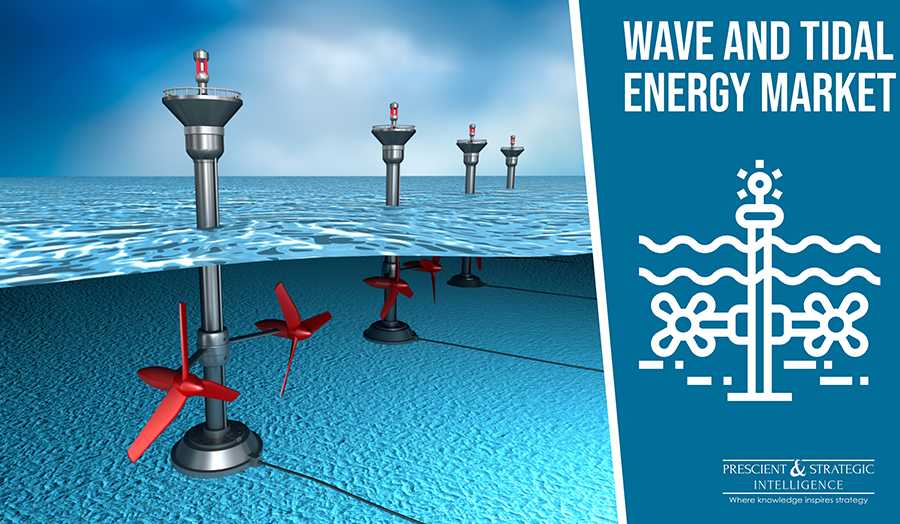Wave and Tidal Energy Market with Global Competitive Analysis, and New Business Developments
As per Britannica, tides in the world’s oceans contain an annual energy generation potential of 3,000 Gigawatts. Similarly, the International Energy Agency says that harnessing the power contained in ocean waves could produce 80,000 Terawatt-hours of electricity each year. In contrast, the total final electricity consumption around the world in 2019 stood at 22,848 TWh, almost a fourth of the energy generation potential of waves.
For Getting More Insights of This Report:-
https://www.psmarketresearch.c....om/market-analysis/w
So, if just these two forces of nature could be utilized to generate electricity with 100% efficiency, each year, we could produce enough energy to power the earth for over three years! However, since the technology to generate electricity from both tides and waves is rather unexplored, its immediate future depends strongly on industry and government investments.
How To Harness Wave and Tidal Energy?
Another, slightly more complicated technique is an oscillating air-and-water column. In the simplest form, they are hollow pipes submerged till half their length in water. The upper part of the column contains air; just as a wave enters it from below, it pushes air column upwards, which pushes at the blades of a turbine. Just as the water pressure in the column falls, air re-enters it from above.
A small dam reservoir can also be constructed in the path of the waves to create hydroelectric power the conventional way. As the water level rises with the waves, the extra water flows above a wall and into the reservoir. Then, the typical hydroelectric power generation steps follow.
Other Benefits of Harnessing Wave and Tidal Energy
The seas around Alaska anyway boast some of the world’s highest tides and waves; therefore, the electricity generation potential of these places could be huge. Other places with substantially high tides are the Bay of Fundy (acknowledged as featuring the world’s highest tides on record), Punta Quilla, Strait of Magellan, Bristol Channel, English Channel, and Cape Astronomicheski.
Further, any of the popular surfing spots could be utilized to produce wave energy; however, possibly in a way that doesn’t take anything away from ardent surfers. But, most of these places will need a lot of R&D focus to ascertain their viability for this purpose. This would, in turn, require government and private investments in this fascinating and potentially lucrative field of clean, renewable electricity.






